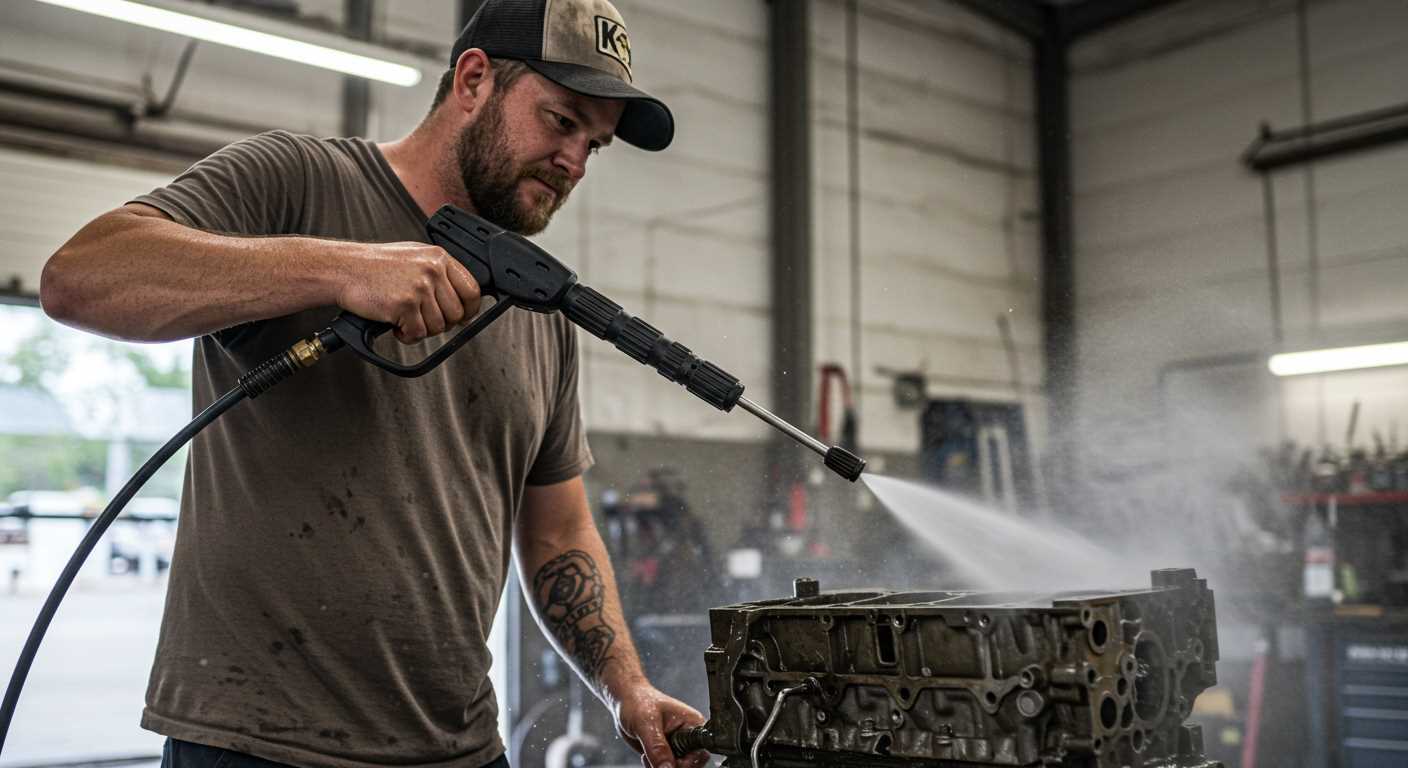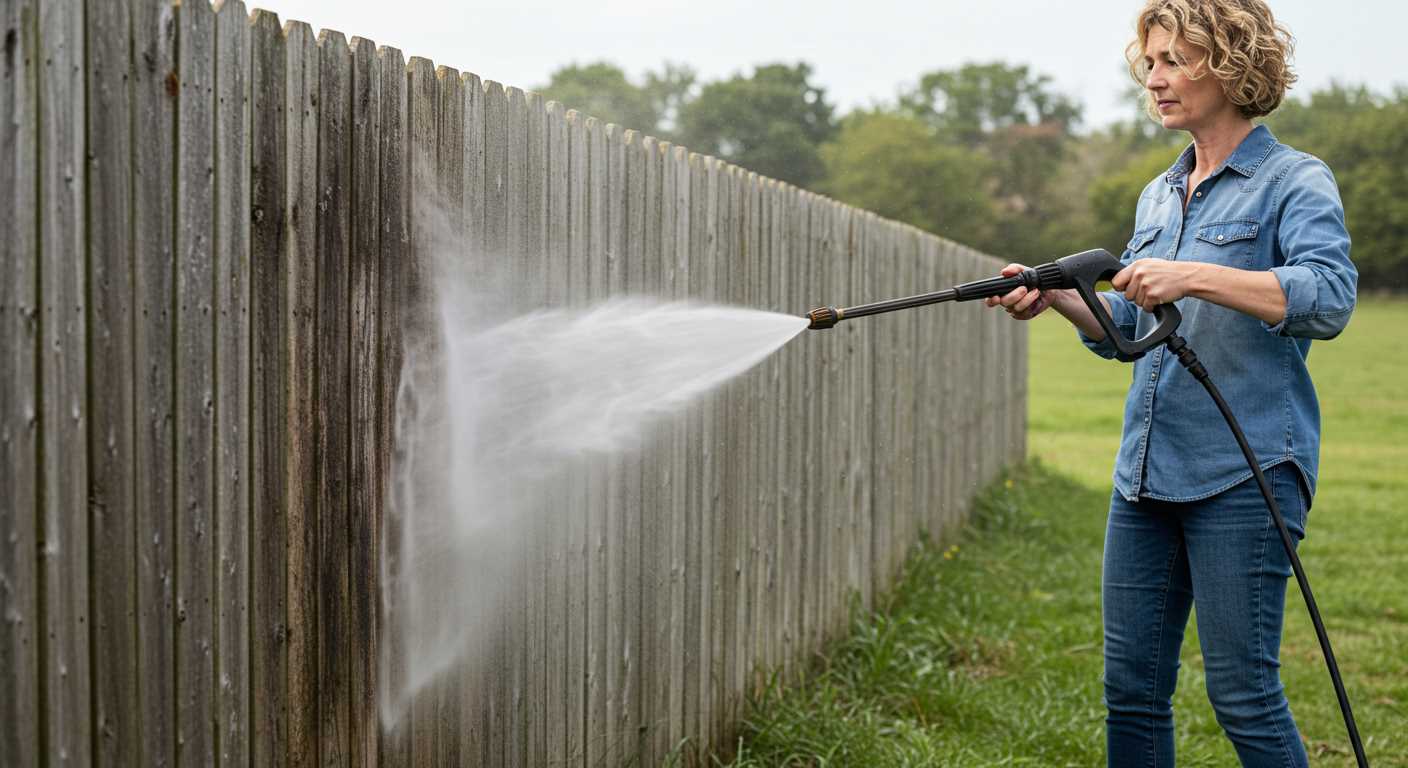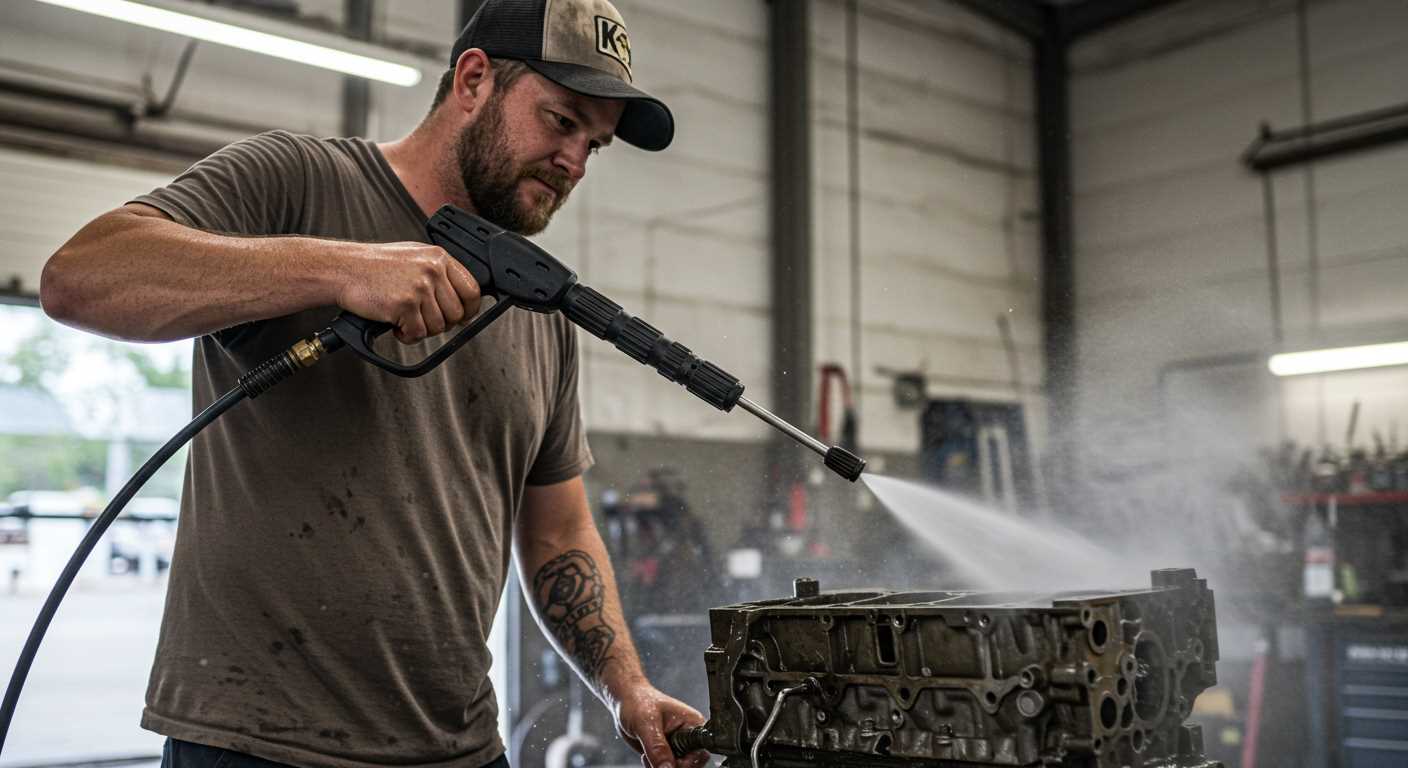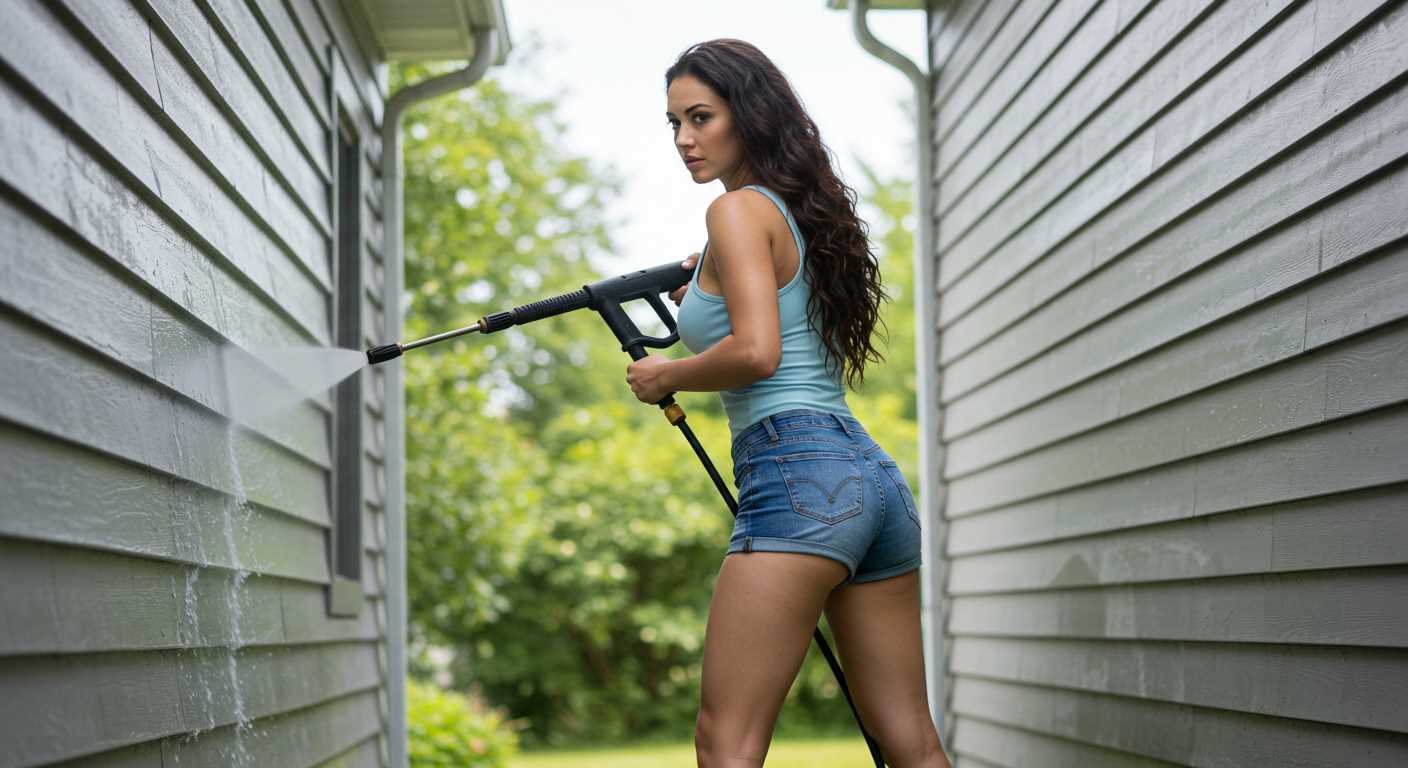


Begin with a thorough shake. Grabbing a corner and giving it a firm shake can dislodge loose dirt and debris. It’s surprising how much can be removed with just a bit of elbow grease. After that, a quick vacuum with a handheld cleaner can target any lingering particles that have settled into the fibres.
Next, prepare a solution using warm water and a gentle detergent. I’ve found that a mixture of one part soap to ten parts water works wonders. Using a soft-bristled brush, gently scrub the surface in circular motions, focusing on areas with stains or discolouration. This method allows for a deeper clean without damaging the fabric.
Rinse thoroughly with a garden hose, ensuring that all soap residues are washed away. If you don’t have a hose handy, a bucket of clean water can also do the trick. After rinsing, hang the fabric to dry in a shaded area to prevent fading from the sun. This process not only revitalises the appearance but also extends the life of your outdoor fabric significantly.
Cleaning Methods for Your Outdoor Fabric
Use a broom to remove loose dirt and debris from the surface. Start at one end and work your way across, ensuring you reach all corners. This simple step can make a significant difference before you use any liquids.
Mix a solution of mild detergent with warm water in a bucket. A gentle soap will effectively lift stains without damaging the fibres. Avoid harsh chemicals as they can cause fading or degradation.
Apply the soapy mixture using a soft-bristled brush. Work in sections, scrubbing gently in a circular motion. Pay attention to any stained areas, applying a bit more pressure as needed. It’s important to be thorough yet gentle, as aggressive scrubbing can harm the material.
After scrubbing, rinse thoroughly with clean water. If you have a hose, use it to wash away the soap. If not, a bucket of fresh water can suffice; just be sure to remove all detergent residue, as it can attract more dirt later.
For stubborn stains, create a paste using baking soda and water. Apply this to the affected area and let it sit for about 15 minutes before scrubbing again. Baking soda is a natural abrasive that helps lift tough marks.
Let the fabric dry completely before placing it back in its original spot. Laying it flat in a sunny area speeds up the drying process. Make sure it’s thoroughly dry to prevent mould and mildew growth.
Regular maintenance is key. A quick vacuum or shake every few weeks can keep dirt from building up. Consider applying a fabric protector to repel stains and make future cleaning easier.
Gather Necessary Cleaning Supplies
To tackle the task effectively, assemble a few key items. A stiff-bristled brush is your best friend; it helps dislodge dirt and debris from fibres. Look for one with durable bristles that can withstand some scrubbing. A bucket is essential for mixing cleaning solutions and rinsing. Ensure it’s large enough to hold enough water for your task.
Choose the Right Cleaning Solution
Opt for a mild detergent or a specially formulated outdoor fabric cleaner. Check that it’s safe for the material you’re working with. If you’re feeling resourceful, a mix of vinegar and water can be a natural alternative, providing both cleaning power and deodorising benefits. Always test any solution on a small, inconspicuous area first.
Additional Tools
A hose will be necessary for rinsing the fabric thoroughly, especially if you’re using a detergent. If you don’t have a hose, a spray bottle filled with water can work in smaller areas. Microfiber cloths or towels are handy for blotting up excess moisture after cleaning. Lastly, consider wearing gloves to protect your hands from harsh chemicals.
Remove Loose Dirt and Debris
Begin with a thorough shake or a gentle beating of the fabric to dislodge any loose particles. This method is surprisingly effective for tackling sand, leaves, and other lightweight debris. If you have a broom, use it to sweep away any remaining fragments. Opt for a soft-bristle broom to prevent damage to the surface while ensuring you collect as much dirt as possible.
For stubborn clumps or larger debris, a vacuum cleaner with a suitable nozzle attachment can work wonders. Make sure to adjust the suction power to avoid pulling on the fibres excessively. In my experience, using a vacuum can save considerable time compared to manual methods.
Once the visible dirt is removed, inspect the fabric closely. If you notice any stubborn spots, consider treating them before proceeding to a deeper cleanse. A mixture of water and mild detergent can help lift stains effectively. Always test any cleaning solution on a hidden area first to avoid any unwanted discolouration.
Should you find yourself needing additional reach for those hard-to-access spots, pressure washer extension wands are excellent tools to consider for future cleaning sessions, allowing you to maintain your fabrics effortlessly.
| Method | Description |
|---|---|
| Shake or Beat | Dislodge loose dirt and debris. |
| Broom | Sweep away remaining particles with a soft-bristle broom. |
| Vacuum | Use a vacuum with a nozzle attachment for stubborn clumps. |
| Spot Treatment | Apply water and mild detergent for stain removal. |
Prepare a Suitable Cleaning Solution

For effective maintenance, a tailored mixture can make a significant difference. I recommend combining warm water with a mild detergent, like dish soap, to create a gentle yet powerful cleaning solution.
Steps to Create Your Mixture
- Fill a bucket with approximately 4 litres of warm water.
- Add 1 cup of mild detergent to the water.
- Stir the solution until it’s well mixed, ensuring the detergent is fully dissolved.
Alternative Solutions
If you prefer natural options, consider using white vinegar. It acts as a deodoriser and can help remove stains:
- Mix 1 part vinegar with 3 parts water.
- Add a few drops of dish soap for enhanced cleaning power.
Always test any solution on a small area first to ensure compatibility with the fabric. For those interested in air compressors for additional cleaning tasks, check out the best air compressor for duct cleaning. This can be a handy tool for removing dirt and debris from various surfaces.
Scrub the Rug Thoroughly
For a meticulous approach, use a stiff-bristled brush. This tool is key for lifting embedded grime and stains. Choose a brush with durable bristles for optimal results.
Begin by applying your chosen cleaning solution generously, letting it soak into the fibres for a few minutes. This step loosens the dirt, making your scrubbing efforts more effective.
When scrubbing, follow a systematic pattern:
- Start at one corner and work your way across.
- Use circular motions to ensure even coverage.
- Pay extra attention to stained areas, applying more pressure and solution as needed.
For persistent stains, don’t hesitate to go over those spots multiple times. After scrubbing, rinse thoroughly with clean water to remove any soap residue. This prevents any potential discolouration or residue build-up.
Once rinsed, if the weather permits, let the mat dry completely in the sun. This helps eliminate any remaining moisture and reduces the risk of mildew.
Rinse and Dry the Rug Properly
After scrubbing, ensure you rinse thoroughly to remove soap and dirt. Use a hose with a spray nozzle set to a gentle mist. Starting from one edge, work your way across the entire surface, allowing the water to flow off the opposite edge. This technique helps prevent soap residues from settling back into the fibres.
Pay special attention to corners and crevices where grime often hides. If you notice any soap bubbles lingering, rinse those areas again. The goal is to leave the fibres free of any cleaning solution.
Once rinsing is complete, shake the item vigorously to remove excess water. Lay it flat in a well-ventilated area, preferably in the shade to avoid sun damage. If possible, elevate it slightly to encourage airflow underneath. This can be done by placing it over a couple of chairs or a drying rack.
Check periodically to ensure it dries evenly. If you notice damp spots, adjust its position to expose those areas to air. Avoid folding it until it’s fully dry to prevent any mildew or musty odours from developing.
Maintain Your Outdoor Rug for Longevity
Regular upkeep is key to extending the life of your textile beneath the sun. Ensure to vacuum often, ideally once a week, to prevent dirt buildup. This simple act keeps fibres from becoming matted and dull. I’ve seen too many beautiful pieces lose their charm due to neglect in this area.
Rotate for Even Wear
Changing the position of your mat every few months helps distribute foot traffic evenly. This practice prevents certain areas from fading or becoming damaged prematurely. I recall a client whose patio accessory faded on one side due to constant sun exposure. A simple rotation every season could have preserved its beauty much longer.
Protect from the Elements
Consider investing in a protective cover during harsh weather. Rain, snow, and intense sunlight can wreak havoc on materials over time. I once worked with a homeowner who learned this the hard way; after a particularly rainy season, their textile showed signs of mould. A cover would have been a wise investment. Additionally, if you notice spills, address them immediately to prevent stains from setting in. A quick blot with a damp cloth can save you a lot of trouble.



.jpg)
.jpg)


